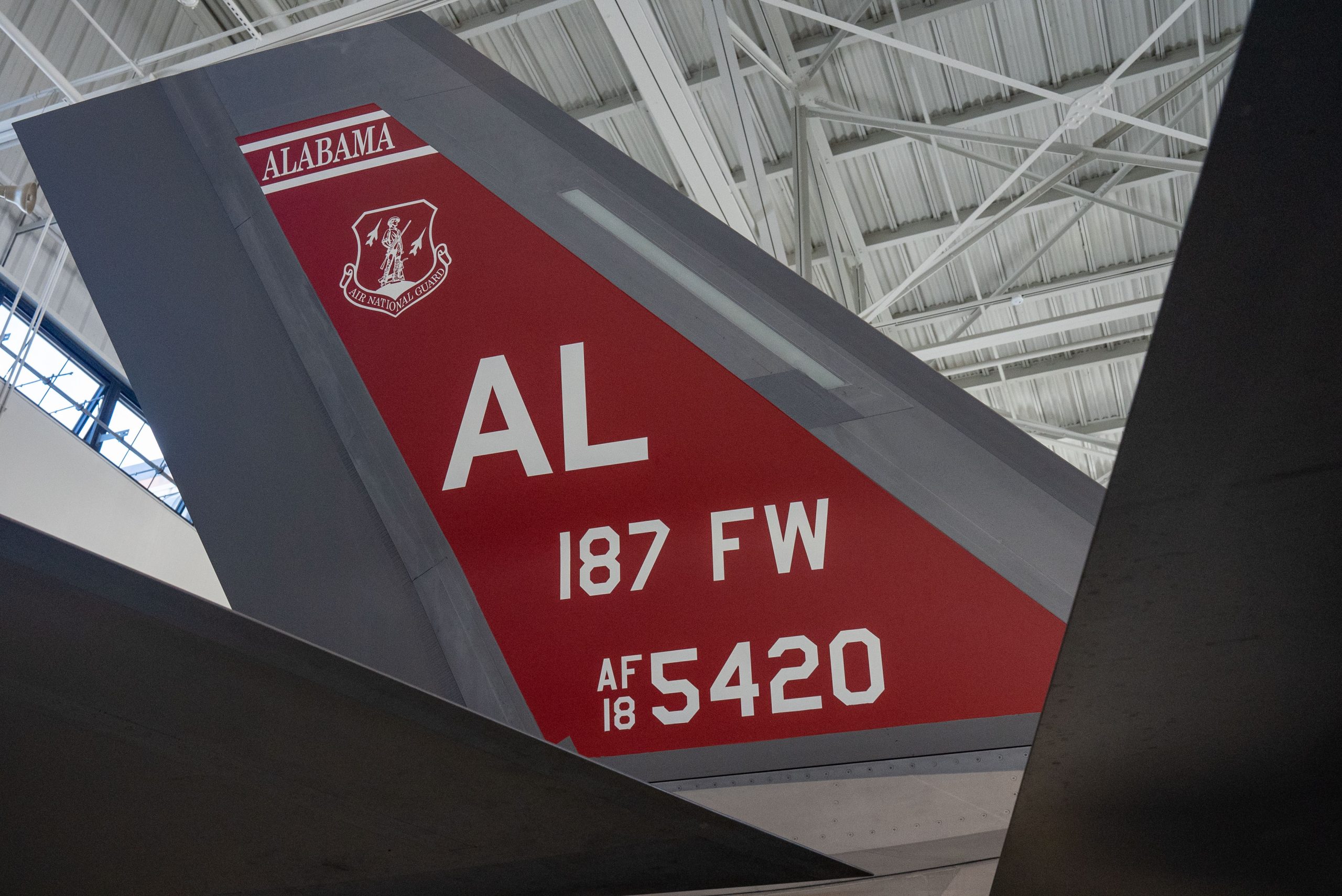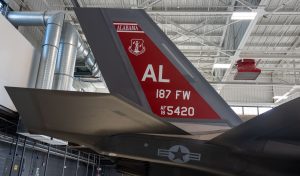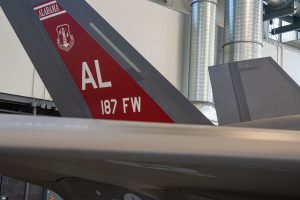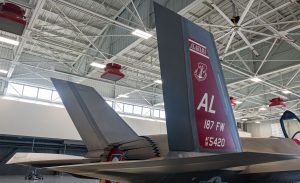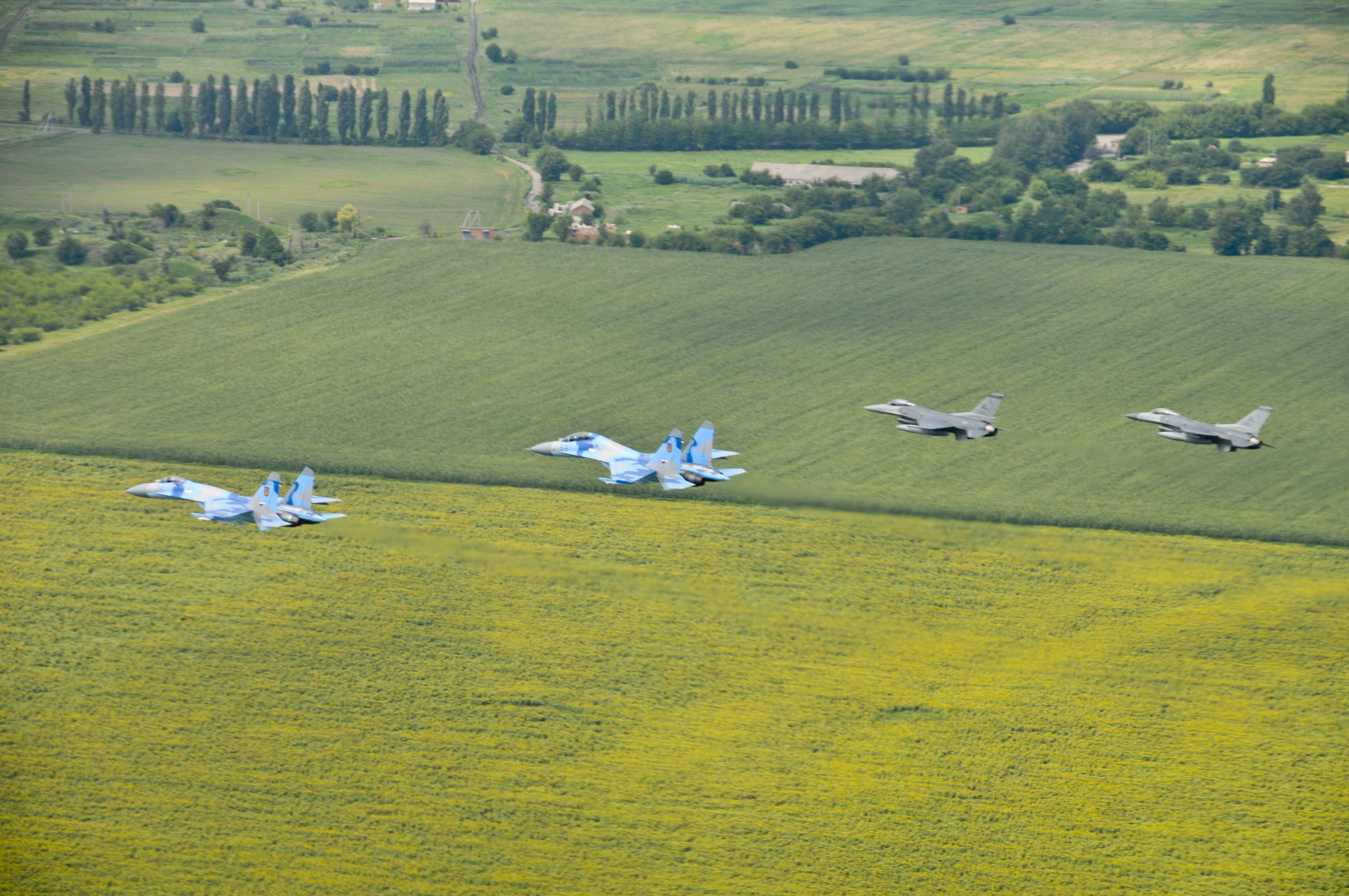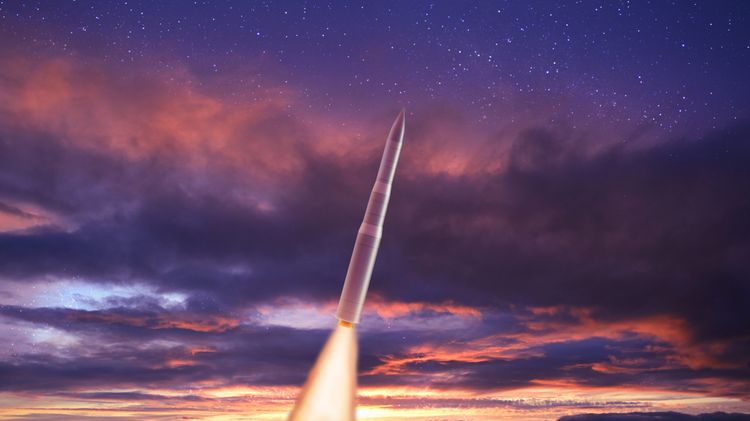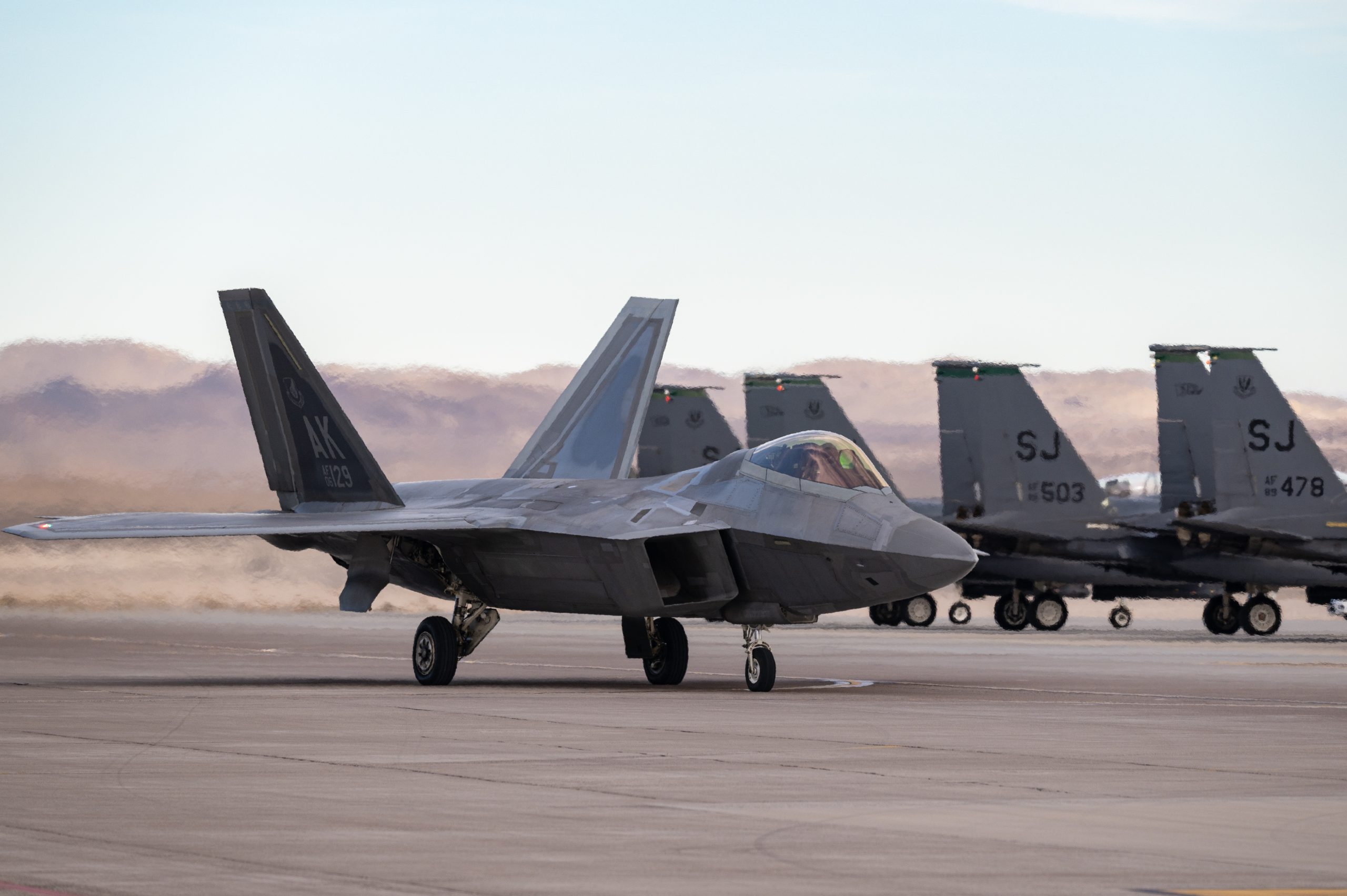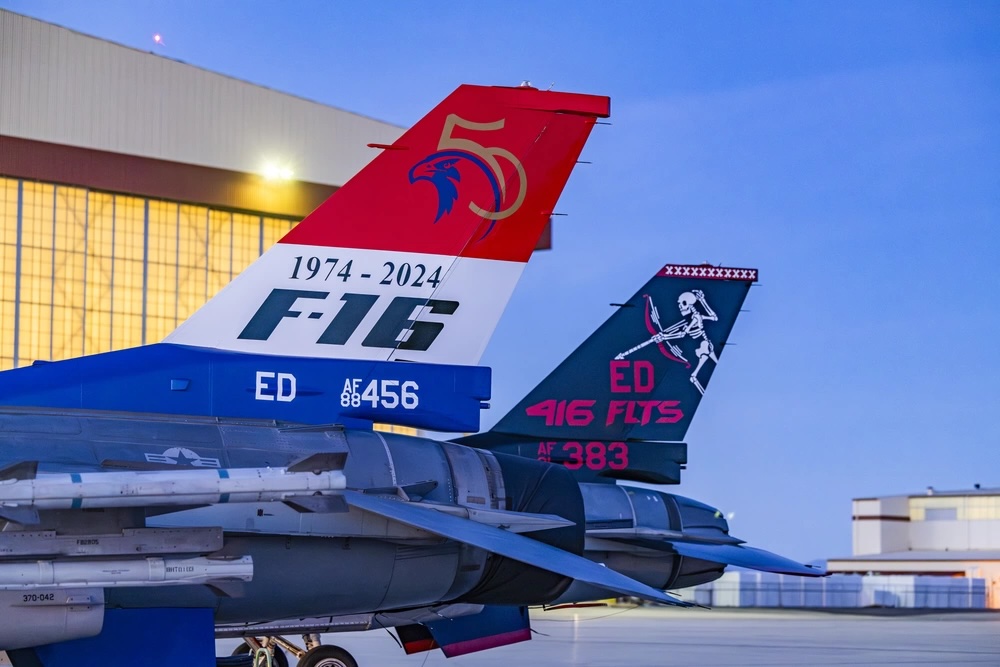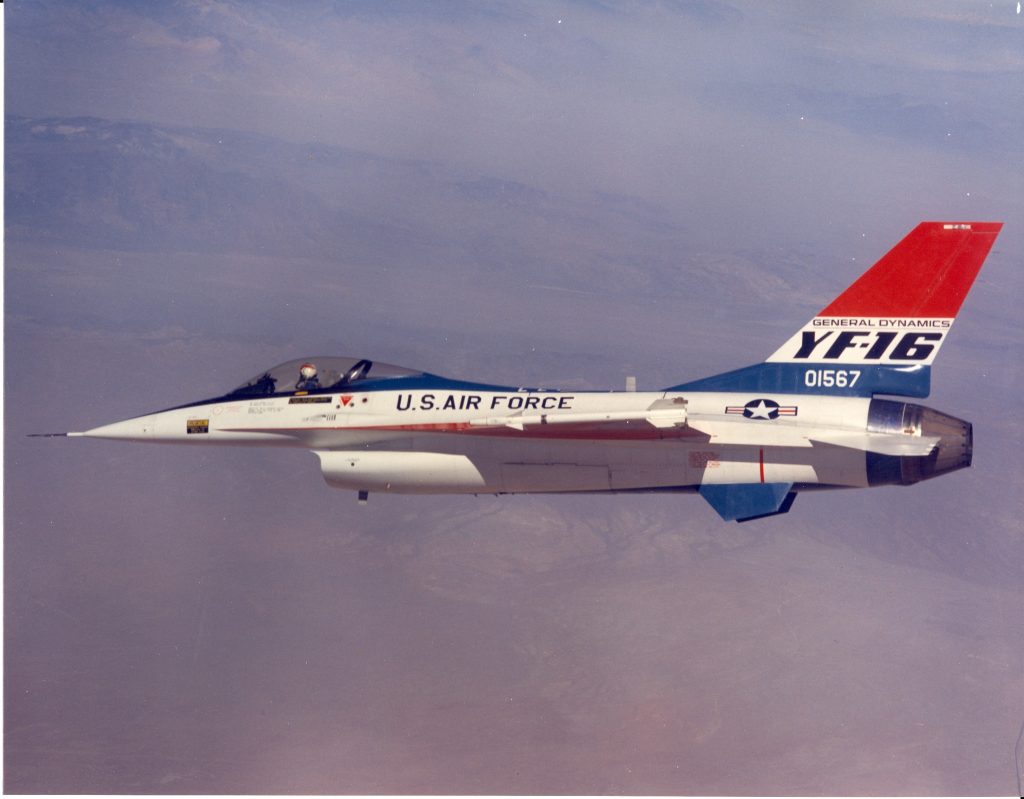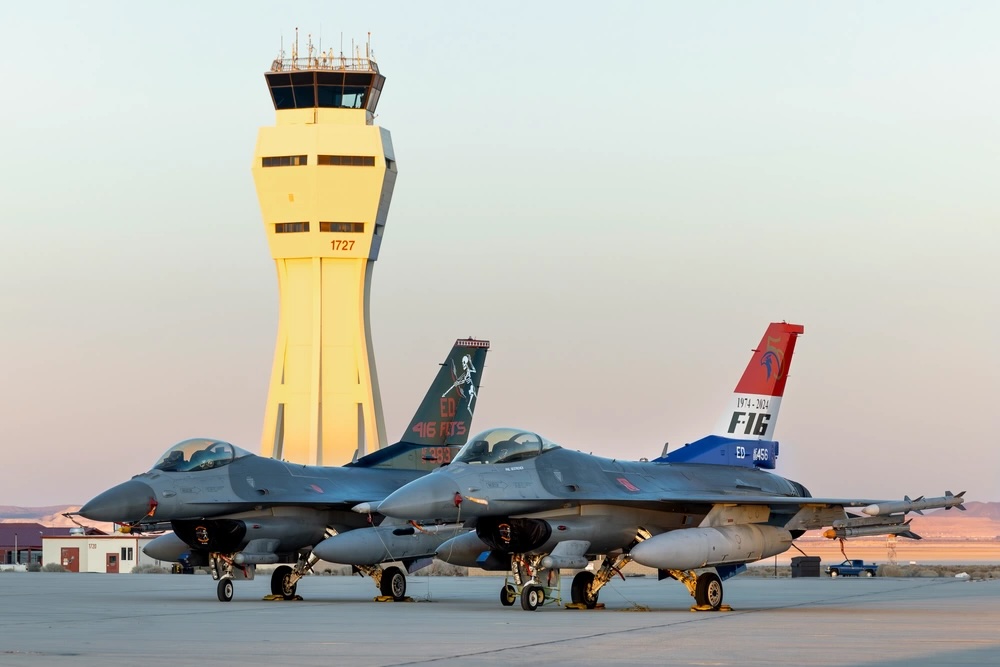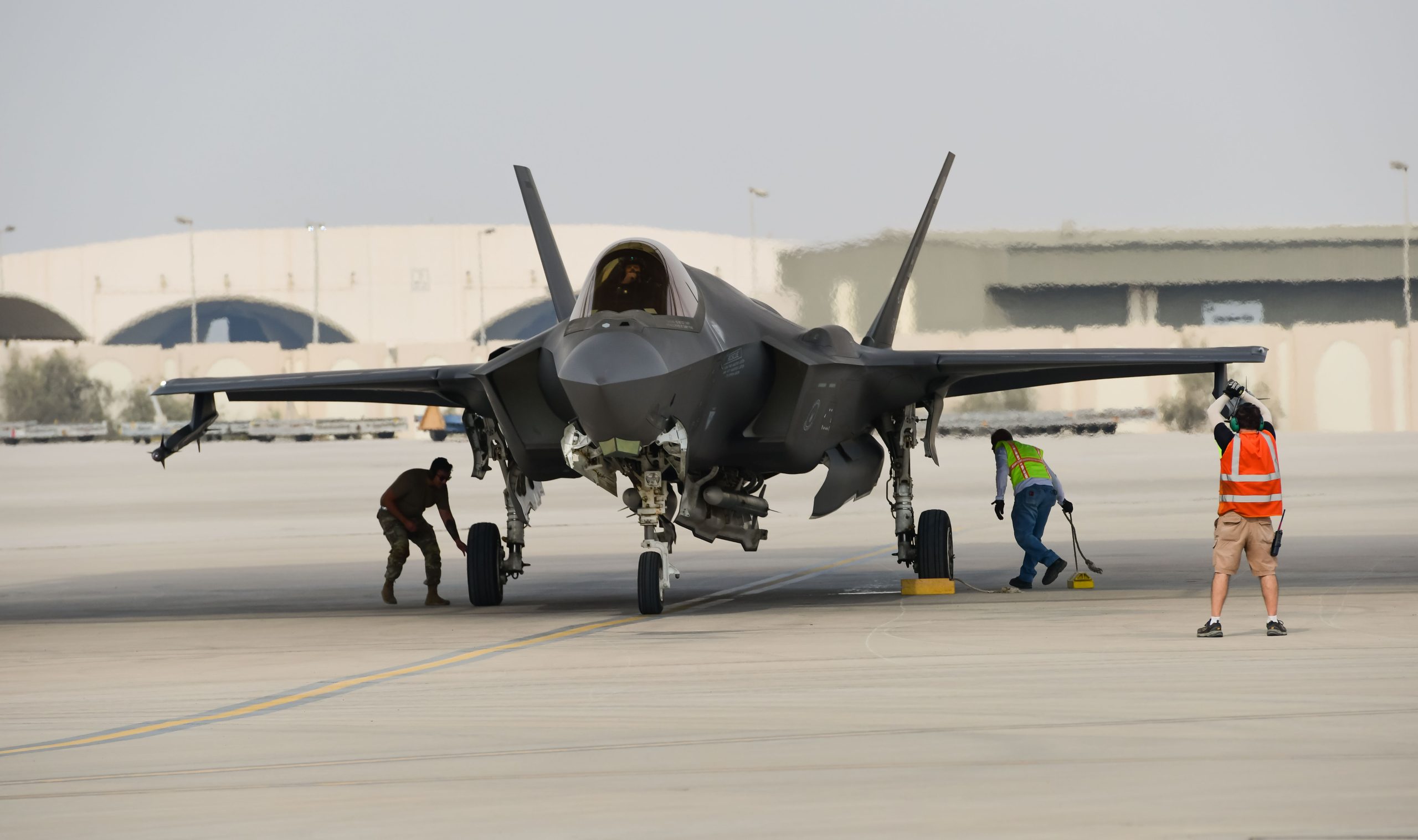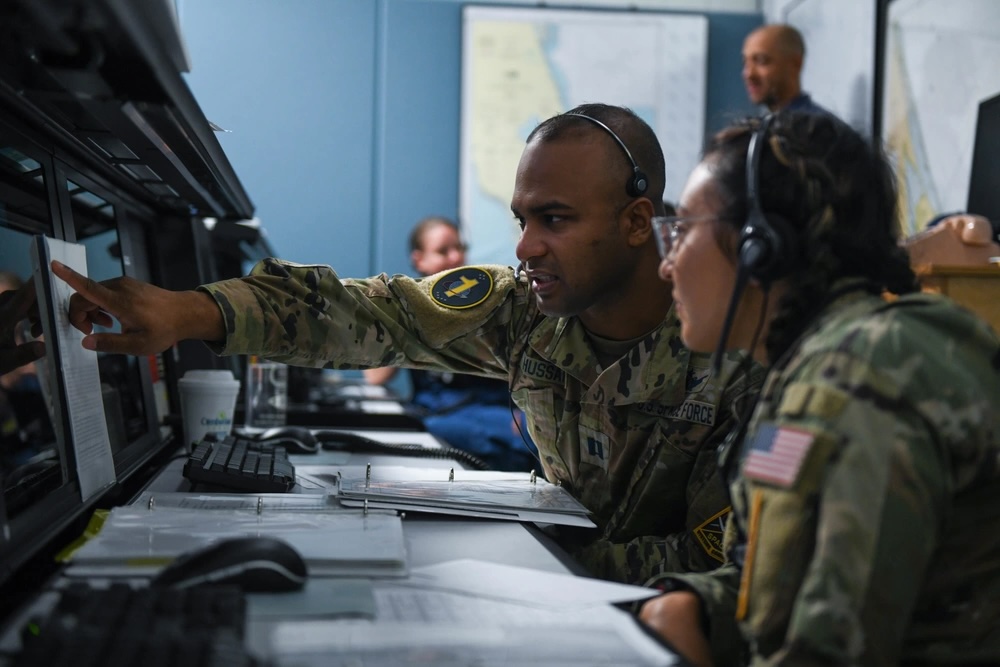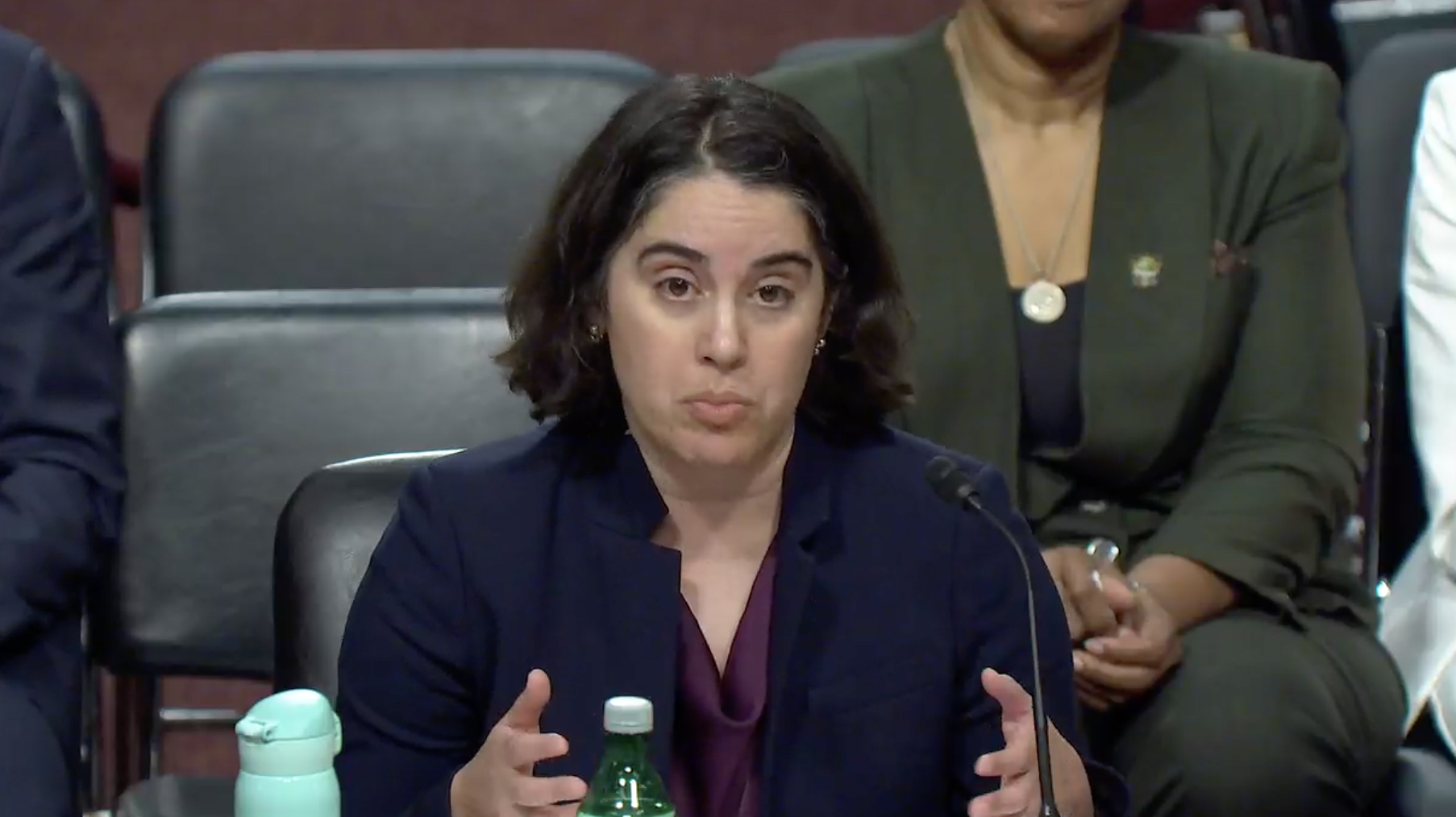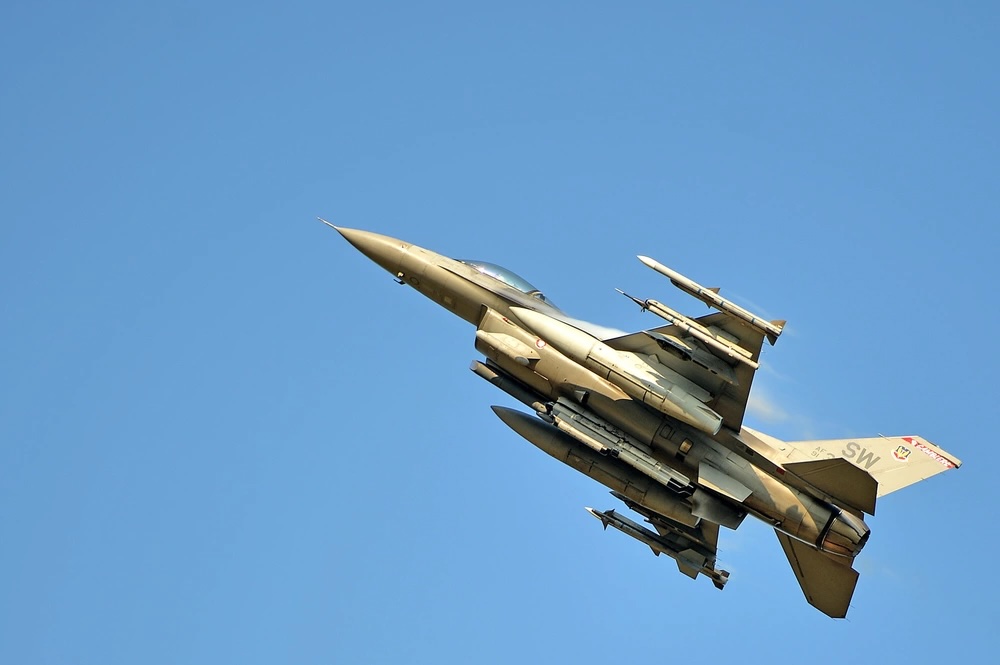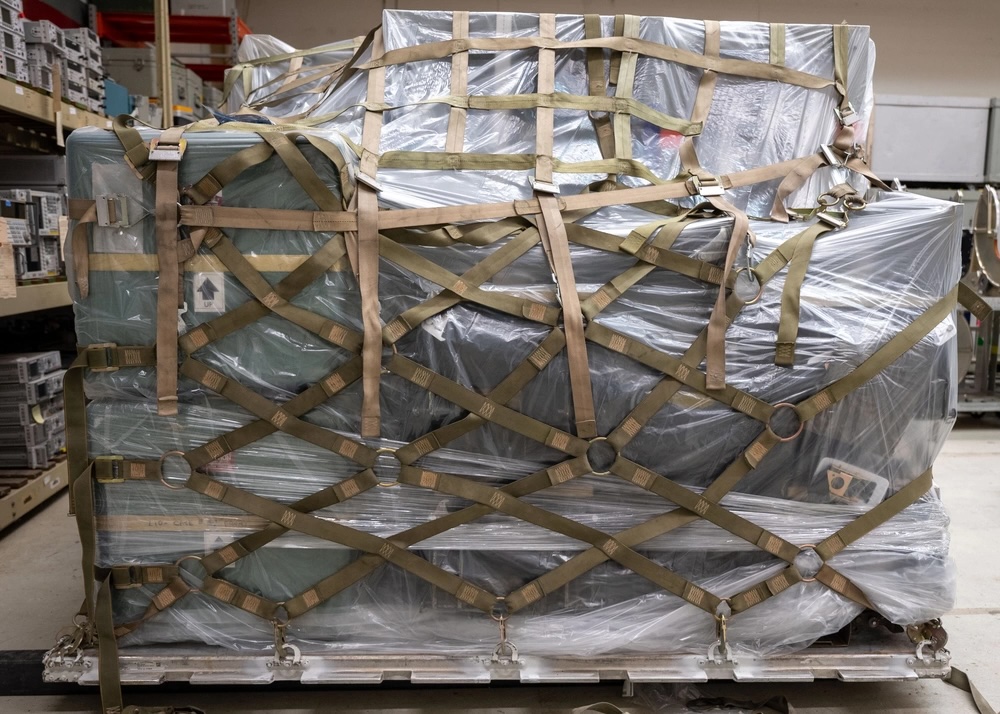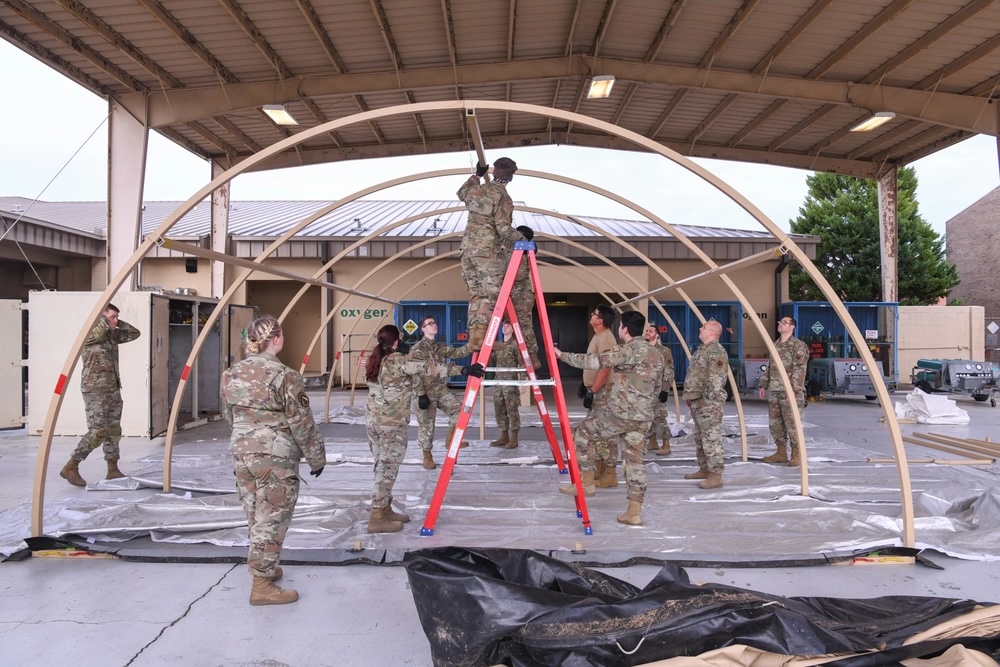The Red Tails live on.
The Alabama Air National Guard’s 187th Fighter Wing upgraded from the F-16 to the F-35 in December but is keeping up its tradition of honoring the legacy of the Tuskegee Airmen, as the wing released photos this month of one of its F-35s with its tail painted red.
“The Red Tail legacy is known across the entire Air Force. We do not want to forget and want to continue that legacy not only for our Airmen but for the entire Air Force,” Maj. Brent Ivey, a maintenance squadron commander with the wing, said in a statement. “This tail is a reminder that through excellence we will overcome many obstacles regardless of gender, race, or religion. We are all here for the same mission and that is to protect our nation.”
The Tuskegee Airmen, trained in Alabama, were the Army Air Force’s first African American pilots who broke racial barriers during World War II. They flew more than 15,000 sorties between May 1943 and June 1945, getting the nickname ‘Red Tails’ for their distinctive deep red plane markings and earning eight Purple Hearts, fourteen Bronze Stars, three Distinguished Unit Citations, and 96 Distinguished Flying Crosses.
A 187th Fighter Wing spokesperson told Air & Space Forces Magazine that a single F-35 aircraft was approved to honor the Red Tail tradition.
Unlike the wing’s previous F-16s, applying paint to the F-35 fighter can be a tricky business. While the precise purpose of the F-35’s specific paint and coatings is classified, it is known to help reflect radar to reduce the aircraft’s radar return. The dull gray color also enhances the F-35’s visibility during nighttime operations. The spokesperson added that if the jet is tasked to deploy, the heritage tail “will return to stock configuration and be fully mission-capable alongside our other fighter jets.”
The only other F-35 color variant in the service is the Aggressor Squadron introduced in 2022 at Nellis Air Force Base, Nev., sporting a distinct “Splinter” camouflage pattern.
Residents near Dannelly Field might catch a glimpse of the red-tailed F-35 soaring through the skies—earlier this month, the wing shared a picture of the fighter on its Facebook page with the caption: “We cannot wait for you to witness this jet in the skies around the great state of Alabama.”
The 187th FW welcomed three new stealth fighters to Dannelly Field in December, seven months after the wing retired the F-16s it had flown for 35 years. There are now three Guard units with fifth-generation aircraft, including the Vermont ANG’s 158th Fighter Wing and Wisconsin ANG’s 115th Fighter Wing.
Dannelly Field was selected to get F-35s in 2017, and construction on new facilities began four years later. The wing formally began the conversion process in March 2023, as pilots and maintainers were embedded in other F-35 units around the country to learn to fly and maintain their new aircraft.
The wing is set to receive additional aircraft deliveries from Lockheed Martin later this year. The fleet will eventually consist of 20 F-35s, with the goal of achieving full operational readiness by February 2026.
